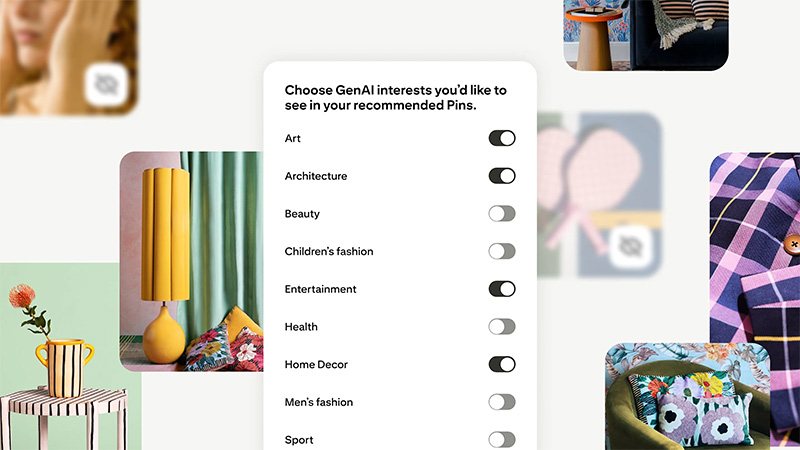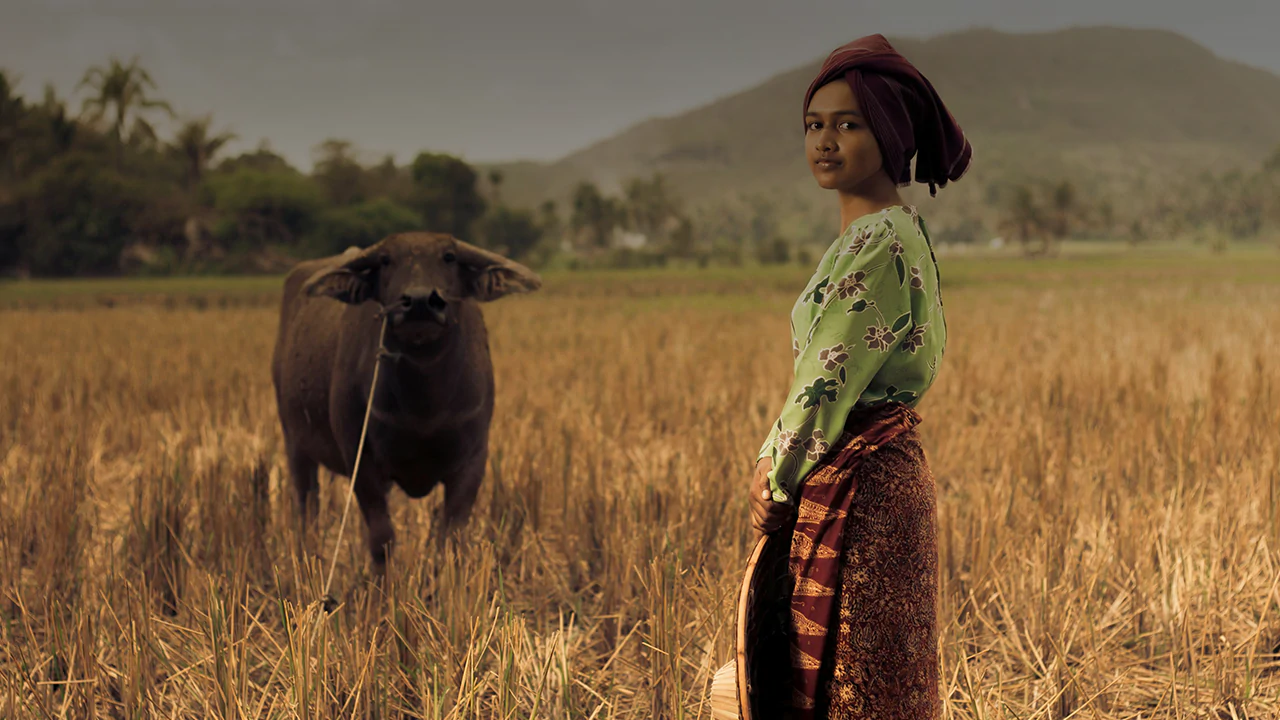
Like it or not, generative AI has rapidly reshaped the digital landscape, now responsible for an ever-growing share of the content circulating online.
Sooner rather than later, visuals crafted by large language models (LLMs) and their image-generating counterparts will find their way across every major platform. For spaces that thrive on user-generated content, this means AI-made visuals are becoming unavoidable, adding vibrancy and inspiration for some, but irritation and fatigue for others.
This explosion of machine-made creativity has undeniably opened new frontiers.
Yet it has also blurred the once-clear line between human imagination and algorithmic output. And not everyone is thrilled about that shift.
Pinterest, a platform long cherished by artists, designers, and dreamers, hasn’t escaped this wave. As AI-generated images continue to spread, many of its users have begun voicing a desire for authenticity: they want feeds that feel more human, more real.
Listening to that call, Pinterest is introducing a new control that lets users dial down the AI in their feeds.
The controls, which can be found in Pinterest’s settings under the "refine your recommendations" section, specifically within the "GenAI Interests" tab, is purposefully made to restore balance.
Matt Madrigal, Pinterest’s Chief Technology Officer, said the company’s goal isn’t to eradicate AI-generated posts entirely.
"With our new GenAI controls, we’re empowering people to personalize their Pinterest experience more than ever — striking the right balance between human creativity and AI innovation," he said.
That balance is key for Pinterest, a platform where inspiration thrives on authenticity and emotional connection.
The new controls give users a way to reclaim a more organic browsing experience, one shaped by real people, not just algorithms.
In other words, the feature doesn’t completely eliminate AI-generated visuals, but gives users the power to decide how much of it they want to see, especially in categories like beauty, art, fashion, and home décor, where AI content tends to dominate.
In doing so, Pinterest is subtly redrawing the line between human creativity and artificial innovation, giving its community a chance to curate not just what they see, but how they experience inspiration.
This feature is built on top of the existing Pinterest's home feed tuner
Pinterest’s move comes amid a growing wave of frustration from users who feel AI content has overwhelmed the platform.
Many have voiced concerns about "AI slop," a term to describe low-quality or misleading synthetic images, cluttering their feeds and drowning out genuine creative work. One reviewer described AI pins as "making it impossible to find real stories that happened," while another called on Pinterest to "advocate for artists and creators" by curbing the flood of artificial content.
Earlier this year, Pinterest began labeling AI-modified images with a small tag to help users distinguish them from human-made content.
The company says it’s now improving those detection tools and making the labels more visible.
As generative AI continues to dominate the internet, Pinterest’s approach offers something rare: choice.
Instead of forcing users into an all-or-nothing world of automation, it lets them fine-tune their experience to suit their creative preferences.
Whether they want their feed to stay raw and human or they don’t mind a touch of machine magic, Pinterest is giving back control, one carefully curated pin at a time.
